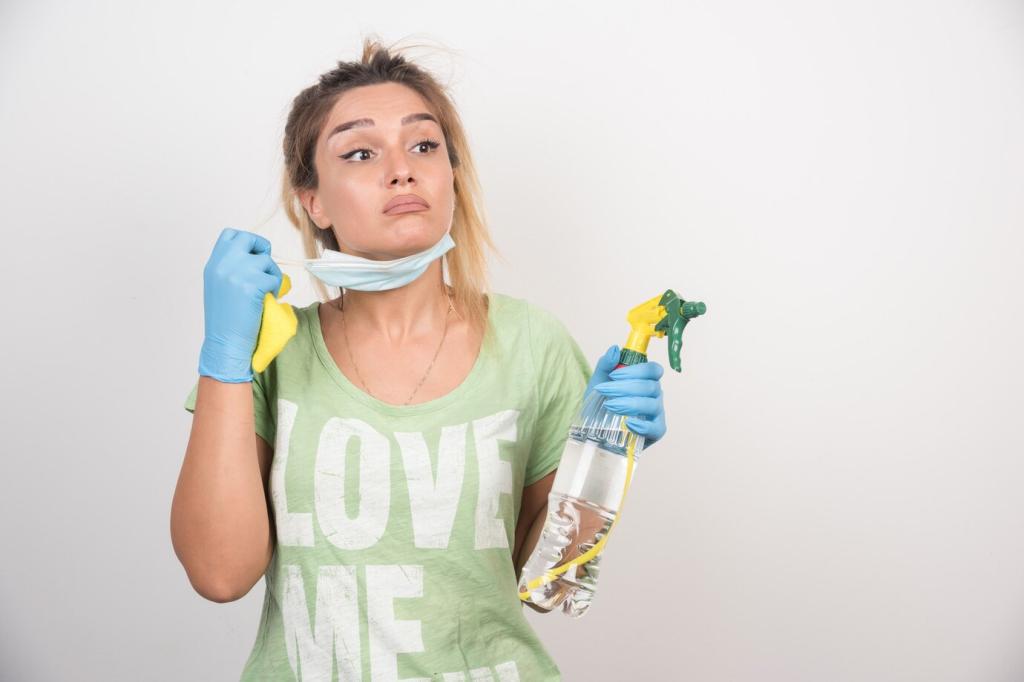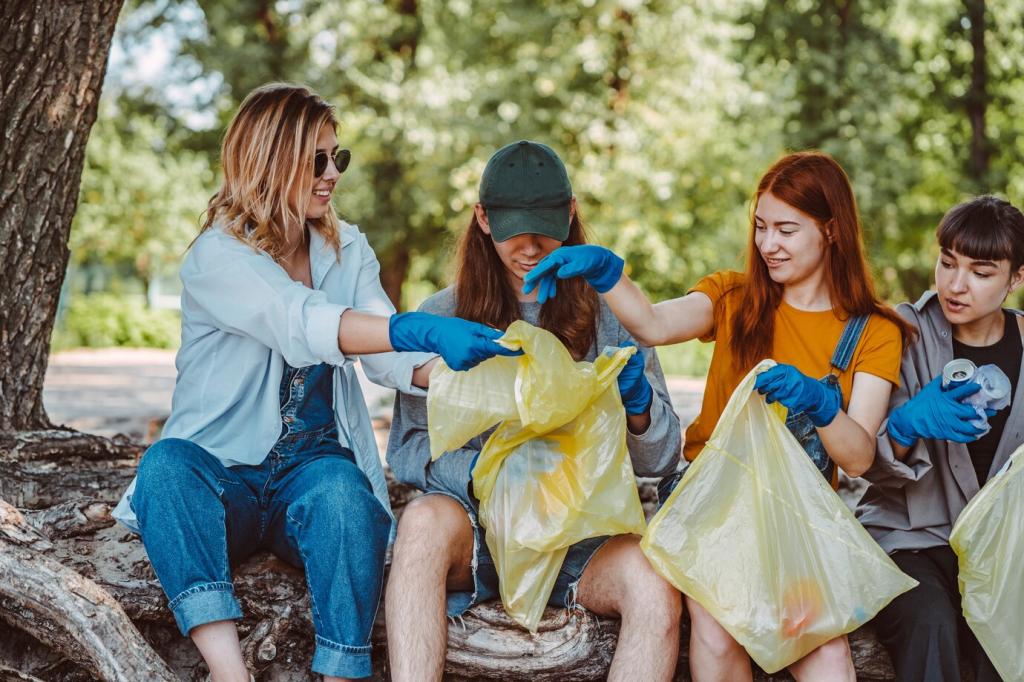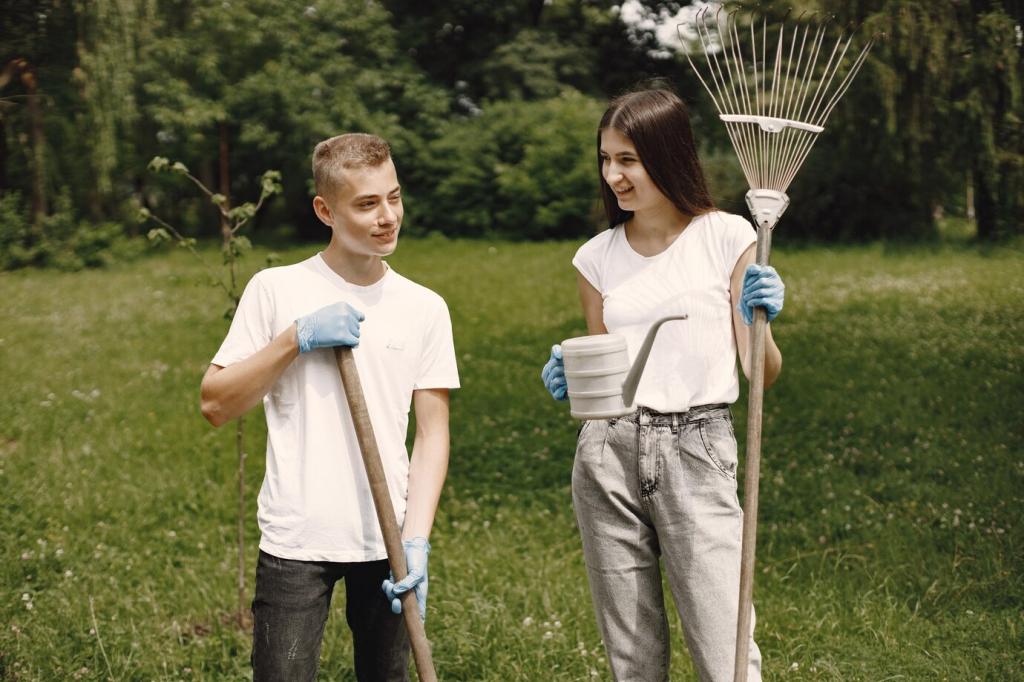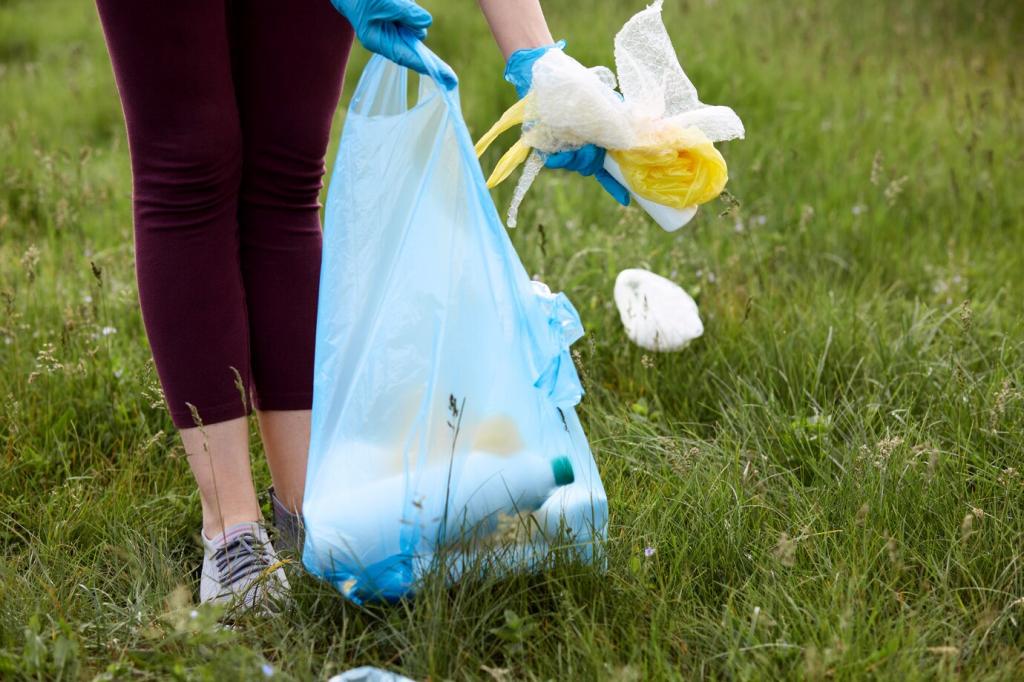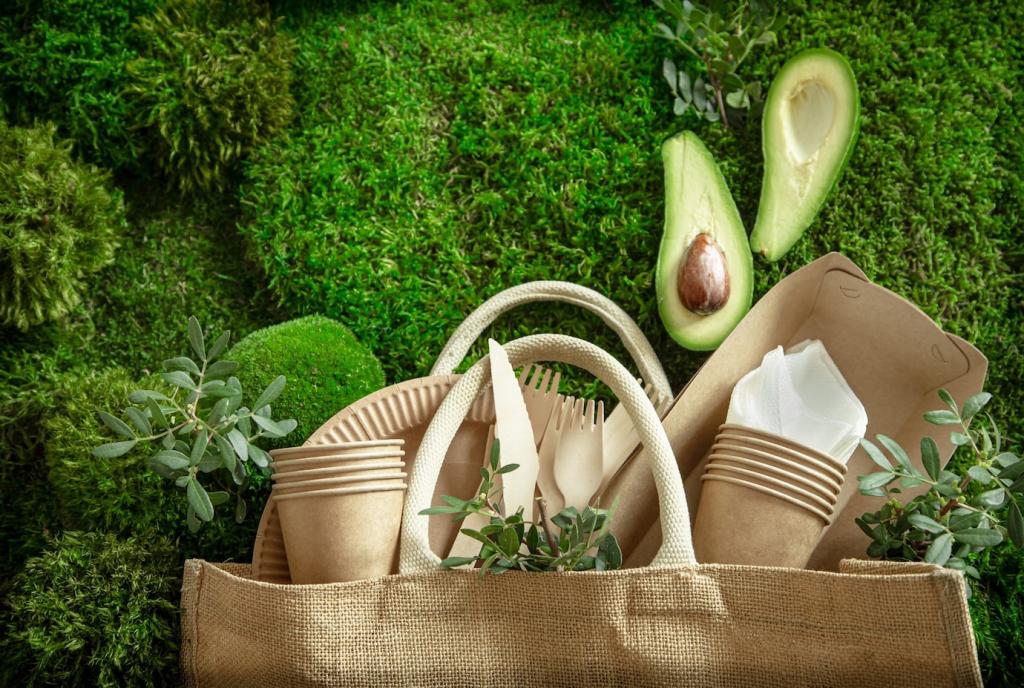DIY Eco Upholstery Cleaning Hacks: Fresh Fabrics, Greener Home
Chosen theme: DIY Eco Upholstery Cleaning Hacks. Welcome to a friendly space where your sofa gets a second life using planet-kind methods. Share your toughest stain story and subscribe for weekly green-clean challenges and practical, feel-good victories.
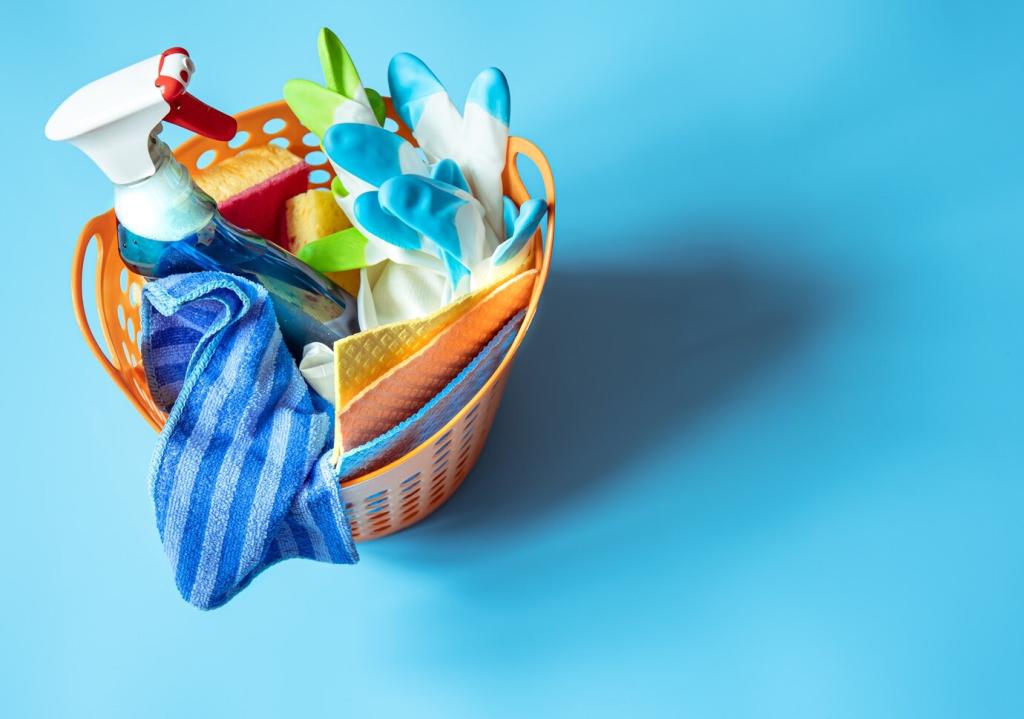
Green Upholstery Fundamentals
Stock white vinegar (5% acidity), baking soda, unscented castile soap, distilled water, microfiber cloths, a soft upholstery brush, a spray bottle, and a crevice vacuum tool. Snap your kit photo and tell us which tool you reach for first.
Spot Stain Tactics That Spare the Planet
Blotting First Aid Beats Scrubbing
Lift solids with a spoon, then blot from the stain’s edge inward using a damp microfiber cloth. I once rescued my aunt’s sofa with sparkling water after a café spill—share your fastest, greenest save in the comments.
Simple Vinegar–Castile Solution Recipe
Mix 1 cup distilled water, 1 tablespoon white vinegar, and 1/2 teaspoon unscented castile soap. Lightly mist, blot gently, and repeat if needed. Patch-test every time. Tell us how this minimal recipe performs on your cushions.
Enzyme Help for Food and Pet Mishaps
Use an eco-certified enzymatic cleaner or a gentle DIY enzyme solution. Let it dwell 10–15 minutes, then blot with a damp cloth. My puppy’s breakfast accident vanished this way—post your own before-and-after for community applause.
Deodorize Without Synthetic Fragrance
Sprinkle a thin, even layer, brush it gently into the fabric, and leave overnight before vacuuming thoroughly. It quietly absorbs stubborn smells. Tried this on a thrifted armchair; the musty scent vanished. Share your results and any tricky corners.
Deodorize Without Synthetic Fragrance
A brief dose of indirect sunlight helps reduce odor-causing microbes. Add a handheld steamer pass to refresh fibers, avoiding saturation. Ventilate well. Do you sun your cushions weekly or monthly? Tell us your routine and climate challenges.
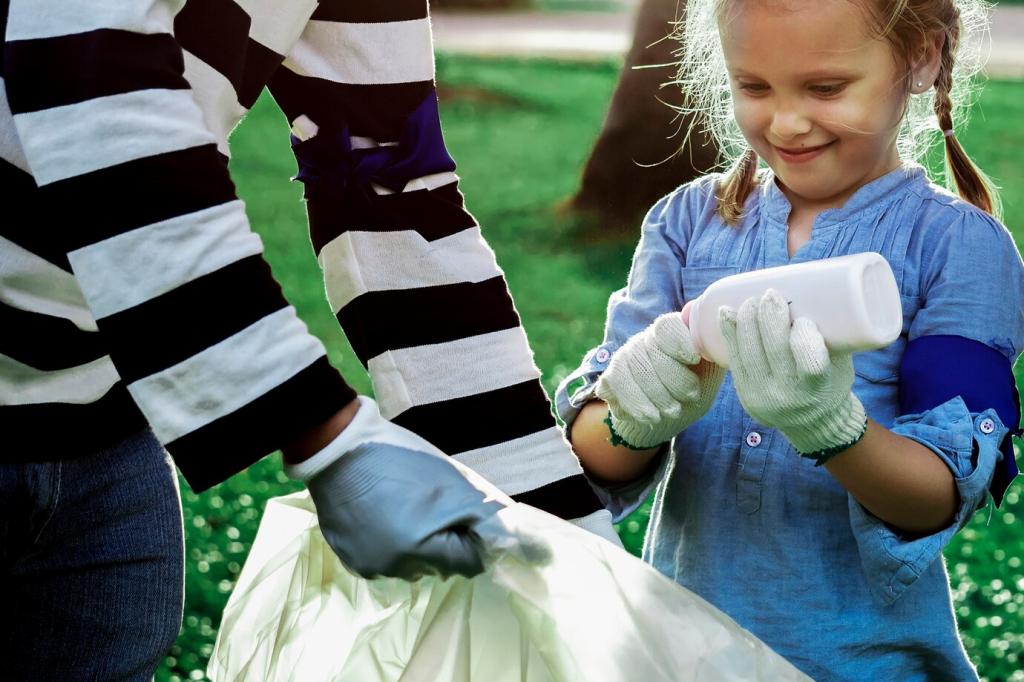
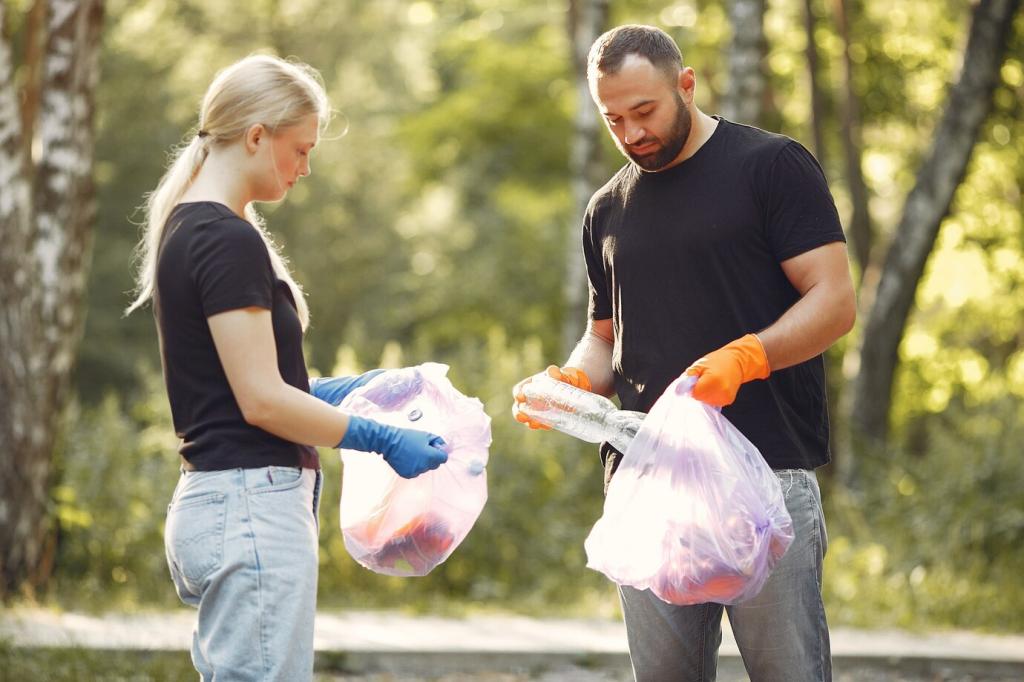
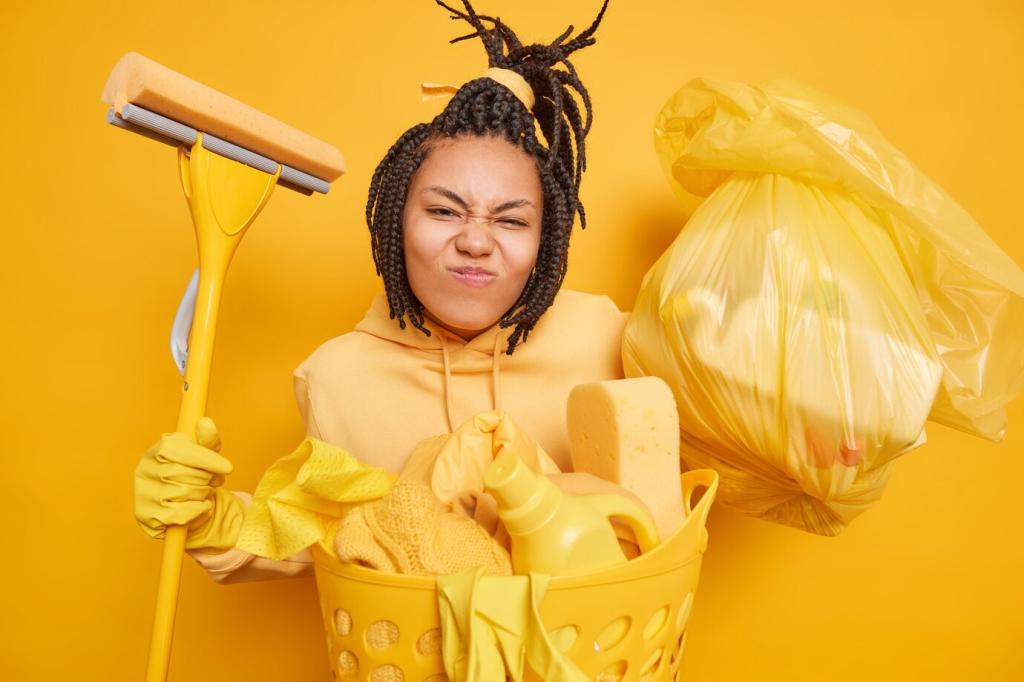
Apply solutions in a fine mist, work in small sections, then blot with a dry towel. This two-towel method reduces water use and prevents rings. Track your time and share how long your cushions take to dry completely.
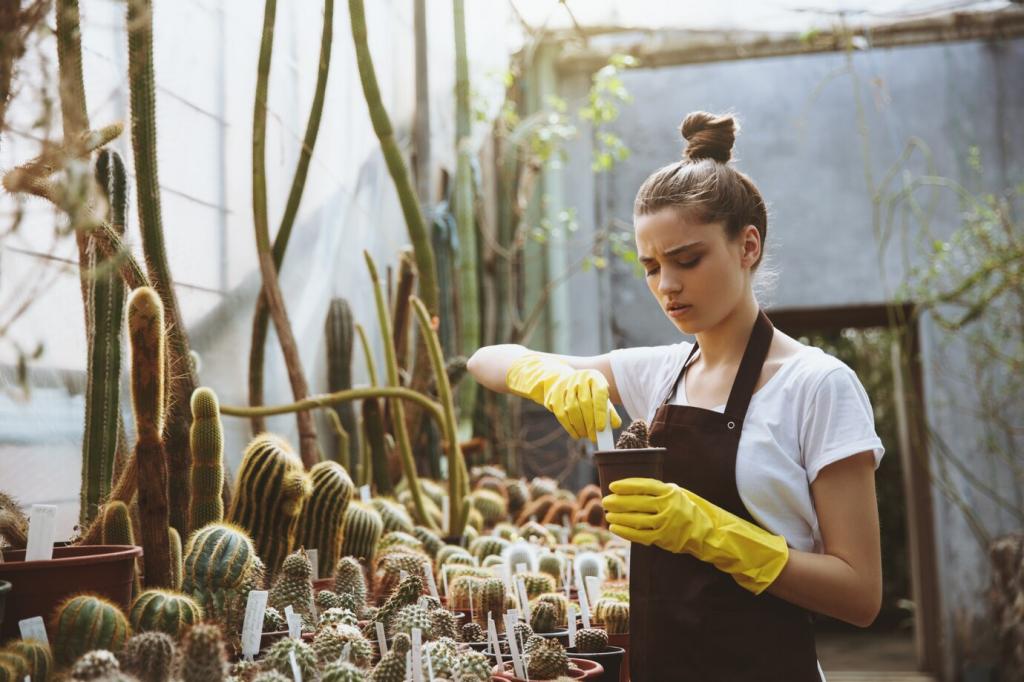
Start with a thorough vacuum using upholstery and crevice tools, lift the nap with a soft brush, then vacuum once more. This triple pass pulls hidden grit. I revived a move-in sofa this way—show us your grit-filled canister photo.
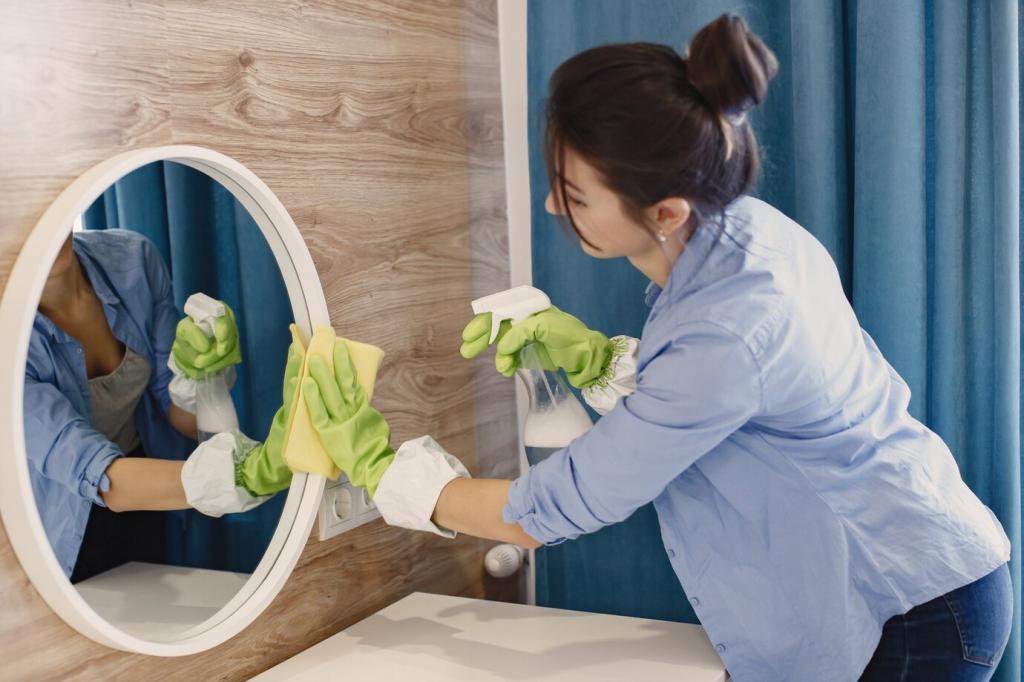
Stand cushions upright, rotate every thirty minutes, and create cross-breeze with fans. A dehumidifier below 50% speeds safe drying. Do you dry outdoors on a shaded porch? Share your fastest, mold-safe setup so others can replicate it.
Tricky Materials, Gentle Methods
Microfiber Without Water Rings
Lightly mist distilled water with a drop of plant-based detergent, working in even, overlapping passes. Dry with a fan, then gently brush to restore nap. Test a small panel first and report whether banding or spotting appeared.
Natural Fibers Need Kind Chemistry
For linen, cotton, and wool blends, choose pH-neutral soap and minimal moisture. Avoid strong acids on wool or silk. Blot patiently, never twist fabric. My heirloom armchair kept its texture thanks to restraint—share your heirloom wins.
Velvet and Corduroy Pile Care
Steam from 10–15 centimeters away, lift the pile with a clothes brush, and avoid pressing. Vacuum lightly after. Skip heavy powders that lodge in valleys. Show your velvet’s before-and-after glow to inspire fellow readers.
